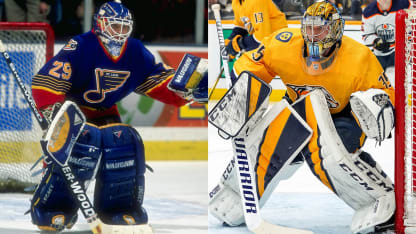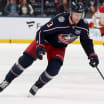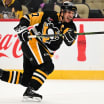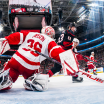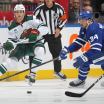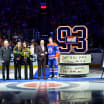Classic NHL games have become prevalent since the NHL season was paused due to concerns surrounding the coronavirus on March 12. The games have been fun for fans to watch, but they are also instructional. Unmasked focuses on the goalies from previous years, explaining how changes in equipment altered playing style. Last week, Unmasked looked at how the evolution of chest protectors changed the way goalies play. This week, we examine how advancements in leg pads had a significant impact on goalie mobility.
Goalies have increased mobility with lighter leg pads
Evolution of gear leads to more sliding movement on knees
